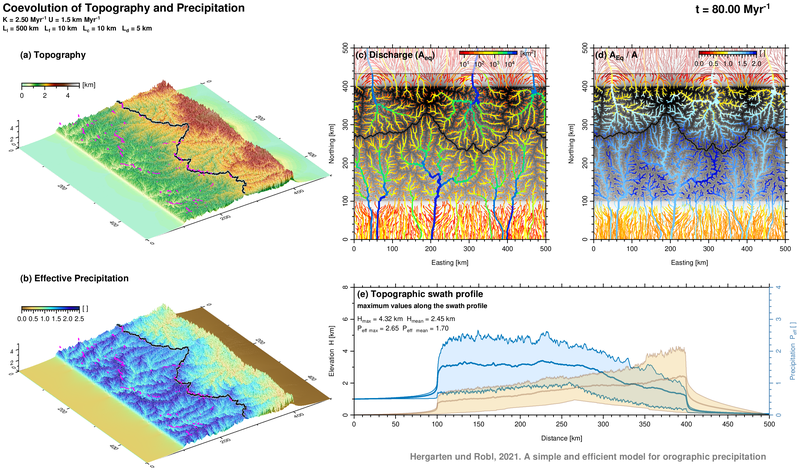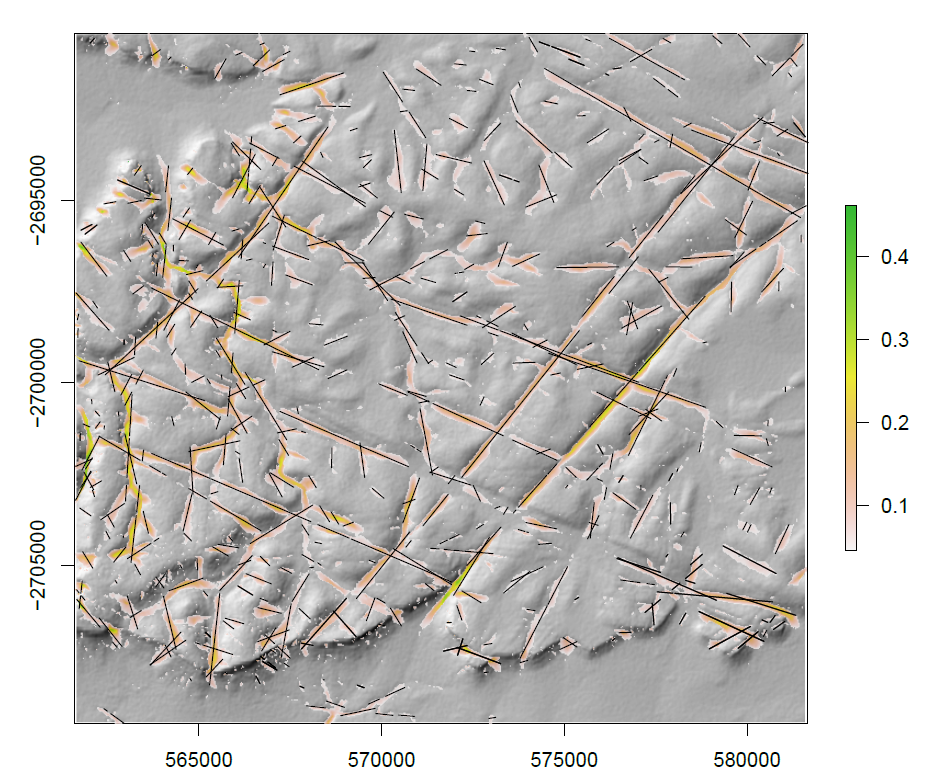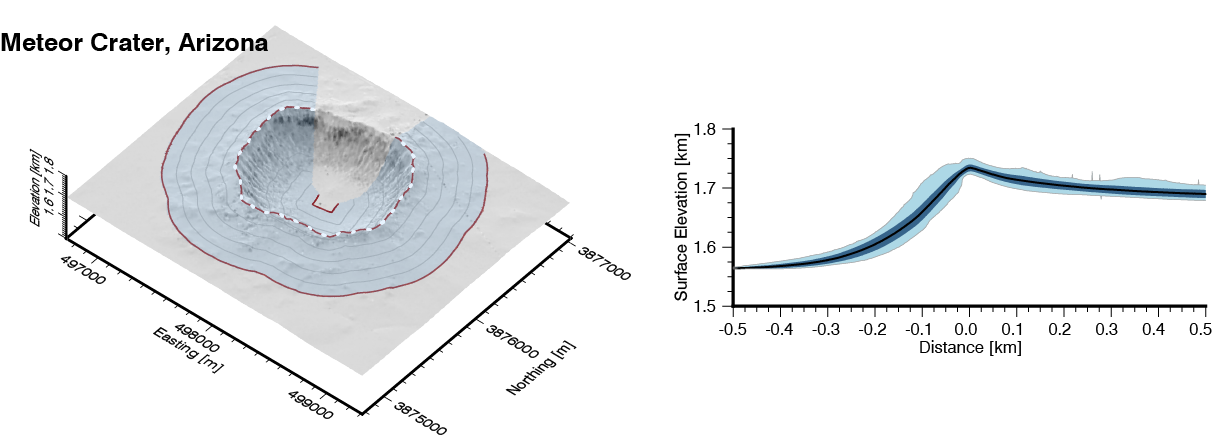Recent Study (in revision)The linear feedback precipitation model (LFPM) - a simple and efficient model for orographic precipitation in the context of landform evolution modeling
Hergarten S. and J. Robl MOVIES: Impact of model parameters on the Precipitation Pattern | India-Asia MOVIES: Co-Evolution of Precipiation and Topographie See also Stefan Hergartens openlem page: http://hergarten.at/openlem/
The influence of climate on landform evolution has received great interest over the past decades. While many studies aim at determining erosion rates or parameters of erosion models, feedbacks between tectonics, climate and landform evolution have been discussed, but addressed quantitatively only in a few modeling studies. One of the problems in this field is that coupling a large-scale landform evolution model with a regional climate model would dramatically increase the theoretical and numerical complexity. Only a few simple models are available so far that allow a numerical efficient coupling between topography-controlled precipitation and erosion. This paper fills this gap by introducing a quite simple approach involving two vertically integrated moisture components (vapor and cloud water). Even simple numerical experiments applying such a coupled landform evolution model show the strong impact of spatial precipitation gradients on mountain range geometry including steepness and peak elevation, position of the principal drainage divide, and drainage network properties. |
|
|



